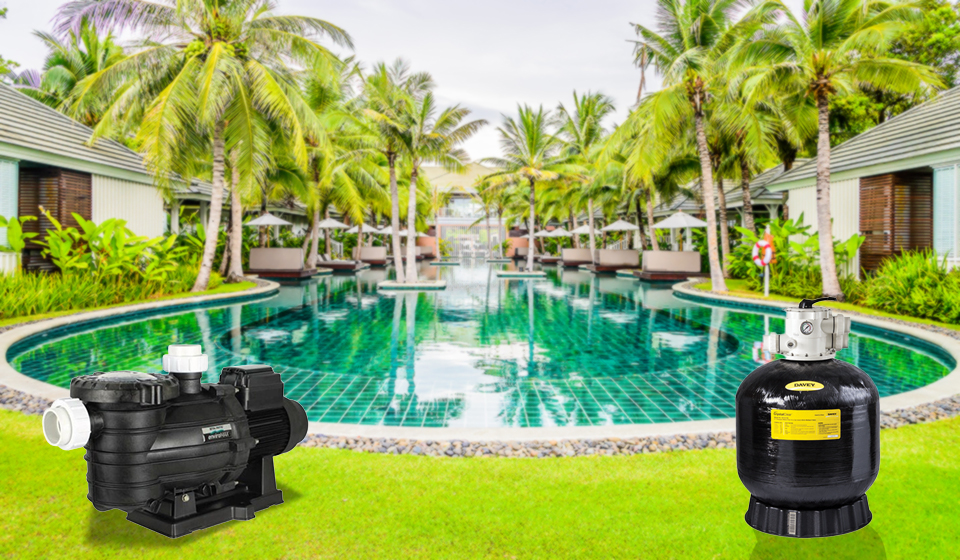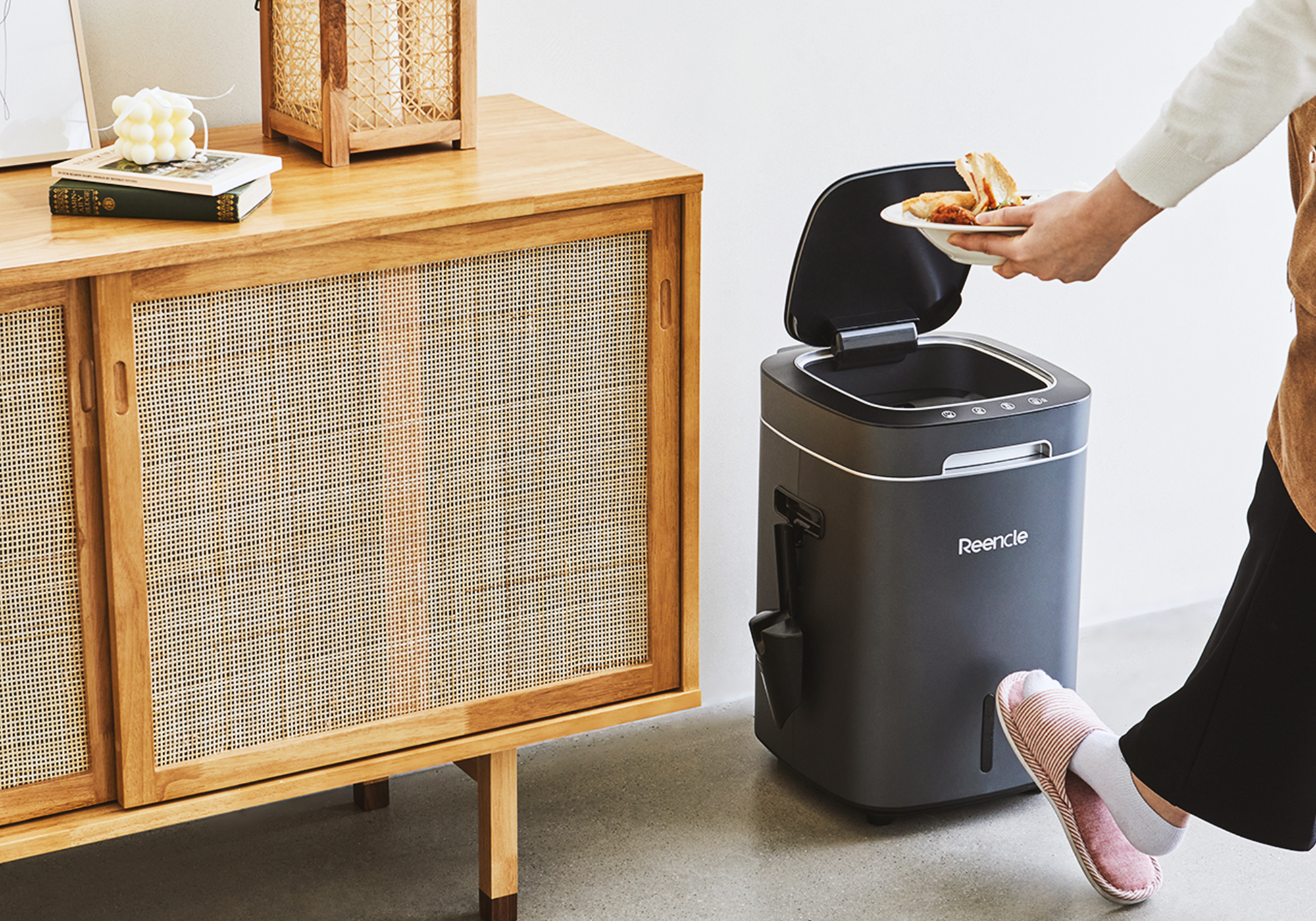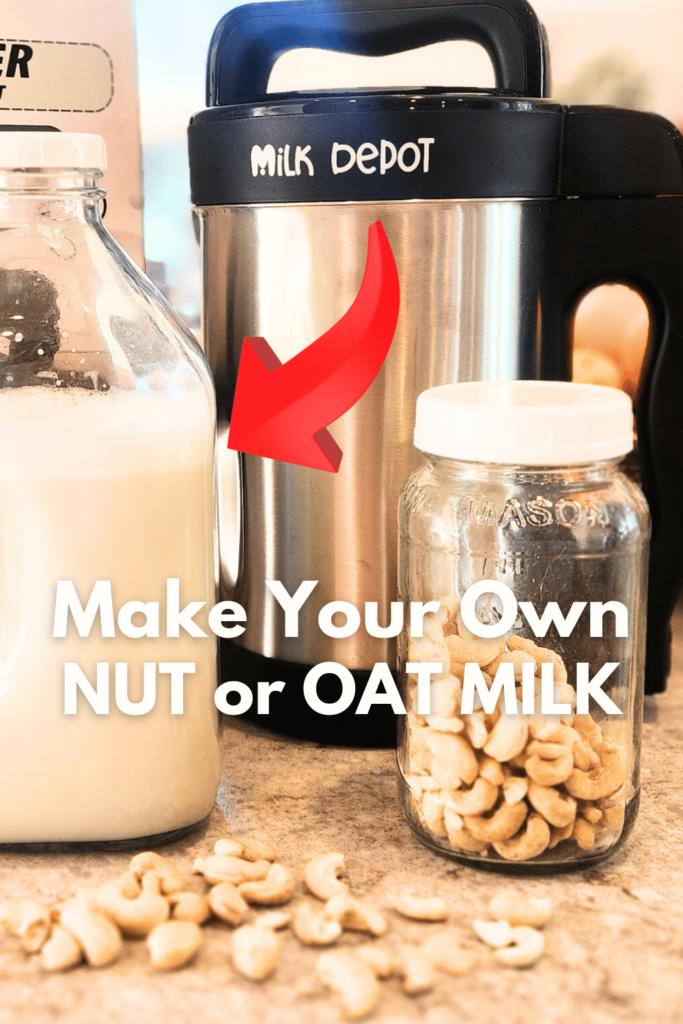Who hasn’t dived into a pool, hoping for a refreshing splash, only to be greeted by a cloudy, disappointing mess? The issue is an insufficient pool pump. Choosing the appropriate pump is not only about maintaining your pool’s clarity – it’s also about reducing expenses, conserving energy, and alleviating numerous hours of maintenance troubles.
Why Your Pool Pump Choice Matters More Than You Think
Think of your pool pump as the core of your swimming pool. Just as our hearts circulate blood, your pump moves water through the pool filter, ensuring it remains clean, sanitary, and sparkling. Choose incorrectly, and you’ll either waste energy with an oversized pump or encounter water quality problems from an undersized pump.
Understanding the Three Key Factors
Before diving into specific pump recommendations, let’s break down the three crucial elements you need to consider:
- Pool Volume: The total amount of water your pool holds
- Turnover Rate: How often the entire pool volume should be filtered
- Flow Rate: The speed at which water moves through your system
Calculating Your Pool’s Volume
Don’t worry – you won’t need an advanced mathematics degree for this. For rectangular pools, multiply length × width × average depth × 7.5 (to convert cubic feet to gallons). For irregular shapes, break the pool into sections or use a pool volume calculator online.
Understanding Turnover Rate
The majority of pools must circulate their entire volume every 8-10 hours. Bigger pools may require more time, whereas smaller ones may need less duration. This is where numerous pool owners make a mistake – they believe that larger is always superior and ultimately face excessive energy costs.
Types of Pool Pumps: Making the Smart Choice
Single-Speed Pumps
These traditional workhorses run at full speed all the time. While they’re the most affordable upfront, they’re energy hogs that can cost you significantly more in the long run. They’re best suited for:
- Small pools under 15,000 gallons
- Budget-conscious buyers who plan to upgrade later
- Simple pool setups without fancy features
Dual-Speed Pumps
Think of these as the hybrid cars of pool pumps. They offer two speeds: high for heavy-duty cleaning and low for daily maintenance. Consider these if:
- Your pool is between 15,000-30,000 gallons
- You want to reduce energy costs but aren’t ready for a variable-speed investment
- Your local codes still allow them (some areas now require variable-speed pumps)
Variable-Speed Pumps
Undoubtedly the top choice for pool pumps, variable-speed pumps operate much more quietly than single or dual-speed pumps and provide a complete range of speeds for easy adjustment of flow rates. These pumps allow you to:
- Save up to 80% on energy costs
- Run quieter than traditional pumps
- Handle pools of any size effectively
Sizing Your Pump: The Formula for Success
Here’s a practical example: Let’s say you have a 20,000-gallon pool that requires a complete turnover every 8 hours. That means you need to pump 2,500 gallons per hour (20,000 ÷ 8). However, you’re not done yet! You need to account for resistance in your plumbing system, known as “head height.”
Add 10% to your calculation if you have a simple system with minimal features. Add 20% if you have water features or a spa. For our 20,000-gallon example with basic features, you’d want a pump rated for about 2,750 gallons per hour (2,500 × 1.1). This ensures you need a pump that can handle the added resistance and maintain the necessary flow rate for efficient water circulation.
Common Mistakes to Avoid
- Oversizing: Bigger isn’t better. An oversized pump wastes energy and can even damage your filtration system.
- Ignoring Efficiency Ratings: Don’t just look at the horsepower – check the energy efficiency rating.
- Forgetting Future Needs: Planning to add a water feature or spa? Incorporate that into your initial pump selection.
Making the Final Decision
Consider these practical tips when making your final choice:
- Verify Local Regulations: Numerous regions currently mandate variable-speed pumps for new setups.
- Calculate Long-term Costs: An efficient pump often pays for itself within two seasons.
- Consider Noise Levels: Variable-speed pumps run quieter, which matters if your pump is near living areas.
- Look at Warranty Terms: Better pumps often come with warranties, indicating manufacturer confidence.
Installation and Maintenance Tips
Once you’ve selected your perfect pump, ensure optimal performance by:
- Installing it as close to the pool as possible to reduce resistance
- Keeping it sheltered from direct sunlight and rain
- Maintaining proper water chemistry to prevent corrosion
- Checking and cleaning the pump basket weekly
The Bottom Line
Selecting the appropriate pool pump doesn’t need to be daunting. Address your pool’s particular requirements and feel free to prioritise efficiency in your investments. Keep in mind that a correctly sized pump will maintain your pool’s clarity while controlling your energy costs.
Whether you’re constructing a new pool or enhancing an existing setup, dedicate time to perform the calculations and evaluate your choices. Your ideal summer swim – and your budget – will appreciate it.




